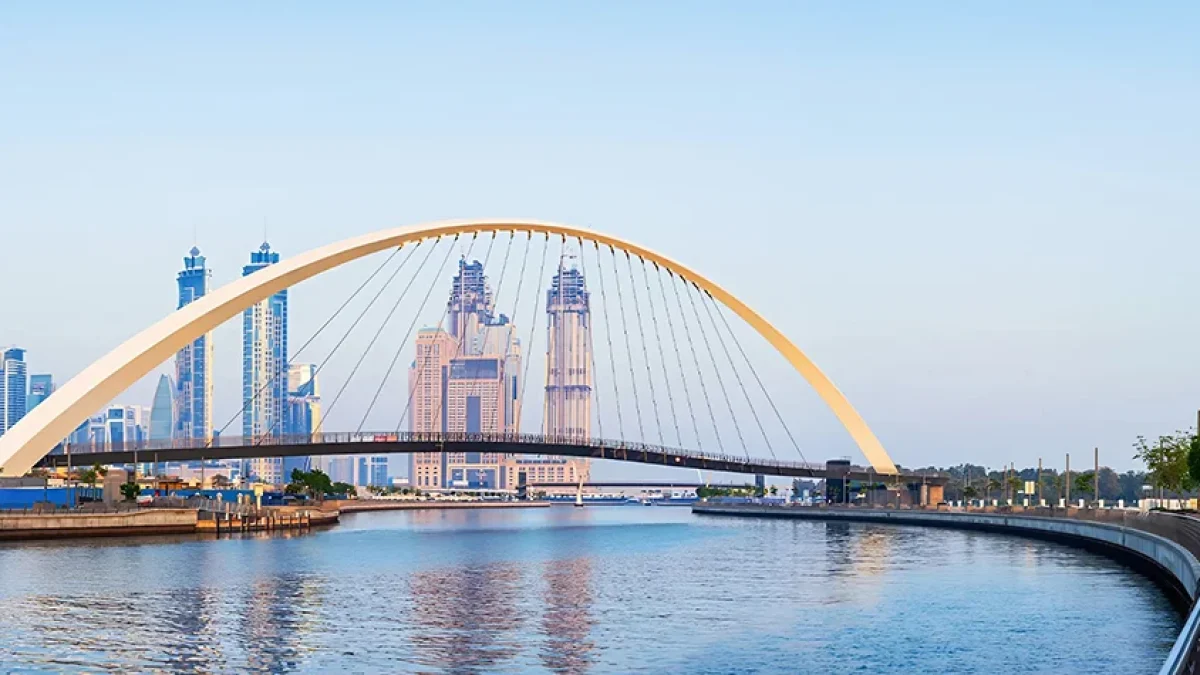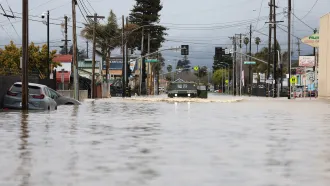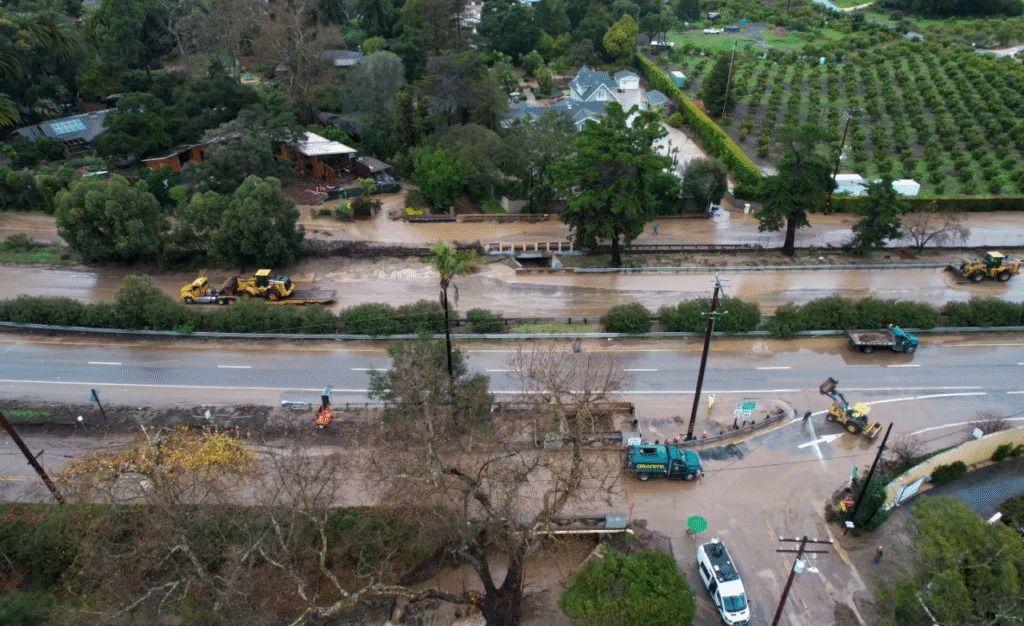
The water cycle—also known as the hydrological cycle—is one of Earth’s most important natural systems. It describes how water moves through the environment: evaporating from oceans, forming clouds, falling as rain, and flowing through rivers and underground back to the sea. It’s a never-ending loop that makes life possible.
But today, with global temperatures rising, forests disappearing, and freshwater being overused, scientists are asking a serious question: Can human activities actually break the water cycle?

Before we look at how humans affect it, let’s first understand how the water cycle works.
This natural loop has been operating for billions of years. Without it, there would be no rain, no drinking water, and no way for plants to grow.
The short answer: Yes—human actions are damaging the natural water cycle.
We may not “break” the water cycle entirely, but we’re putting major stress on it. Here’s how:
Trees play a huge role in the water cycle. Through a process called transpiration, they release water into the air, which later becomes rain. Forests like the Amazon create their own rainfall.
But when we cut down large areas of forest:
Scientists say that if deforestation continues, regions like the Amazon could turn into dry grasslands.
Cities are built with concrete, asphalt, and steel. These materials don’t absorb water. Instead, they:
This disrupts underground water storage systems and makes droughts worse in dry seasons.
Agriculture, industries, and homes draw billions of gallons of water daily. In many places, we are using groundwater faster than it can refill.
For example:
Less groundwater means less water to evaporate, which can reduce local rainfall—changing the cycle.
The biggest threat to the water cycle is climate change. When we burn fossil fuels, we release greenhouse gases, heating up the planet. A warmer Earth changes everything:
The water cycle becomes unstable—too much water in one place, too little in another.

If we push the water cycle too far, the results could be severe:
In short, life would get harder for everyone.
Yes, but it will take global cooperation and local action. Here are some key steps:
Trees and wetlands help keep the water cycle in balance. They:
Reforestation and conservation projects are crucial.
Governments and people must reduce waste:
Every drop counts.
The less we heat the planet, the safer the water cycle is. This means:
Modern cities can work with nature by:
These changes help manage water better.
Nature is powerful, and the water cycle won’t disappear completely. But humans can disturb its natural flow enough to cause serious harm. We’ve already started to see the consequences—more floods, longer droughts, and water shortages.
The good news is that we still have time to act. With smarter choices, innovation, and global awareness, we can protect Earth’s water cycle—and our future.
Read More:- Shobha Realty Launches Its Most Luxurious Project Yet—Full Details Inside 2025
